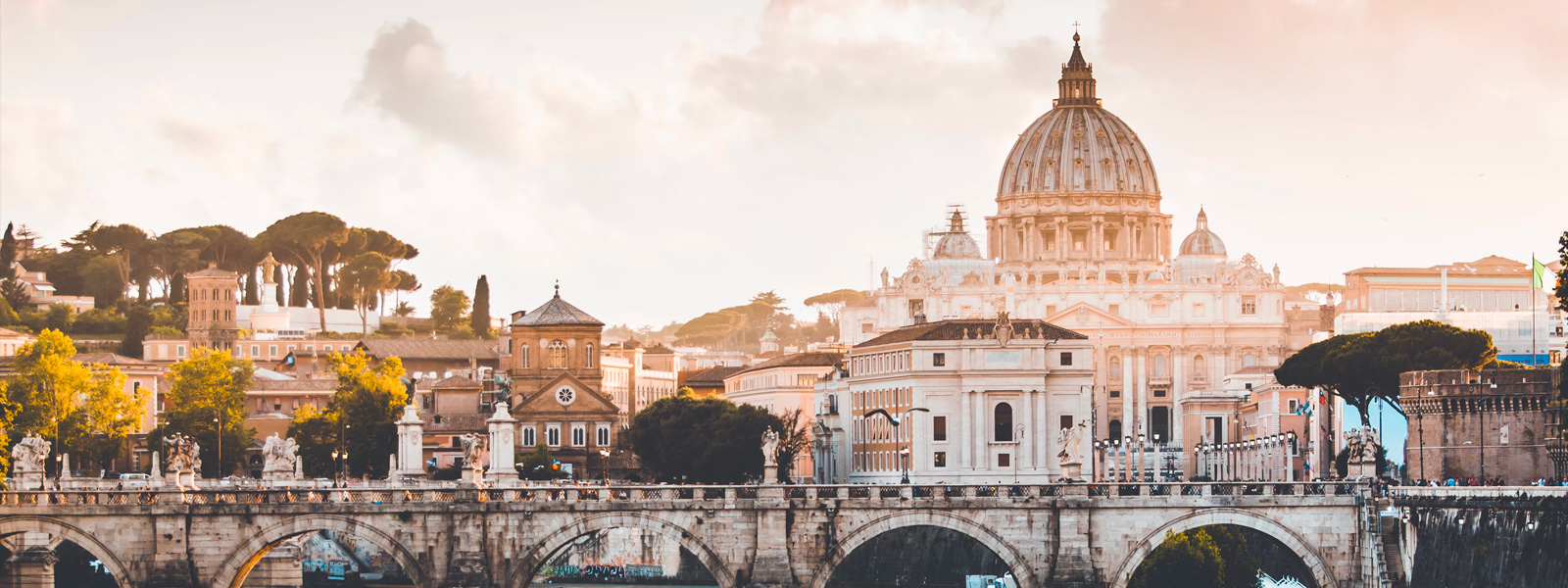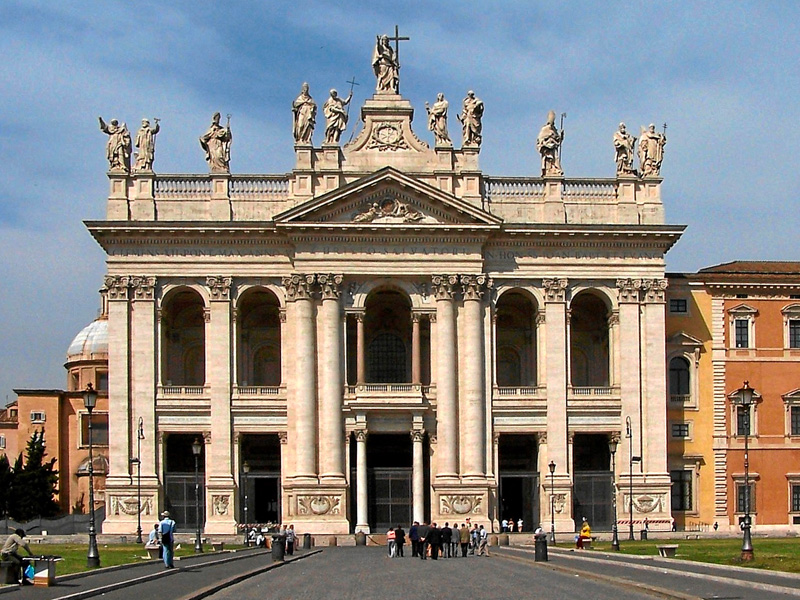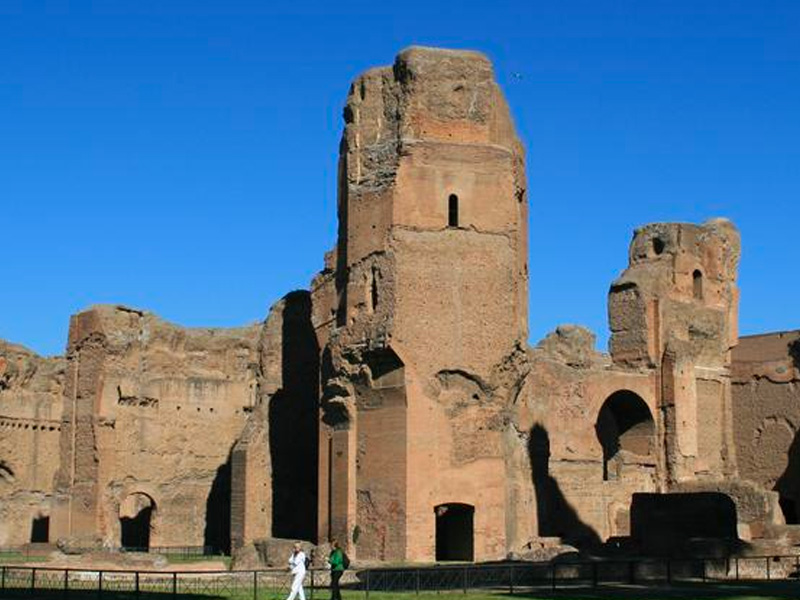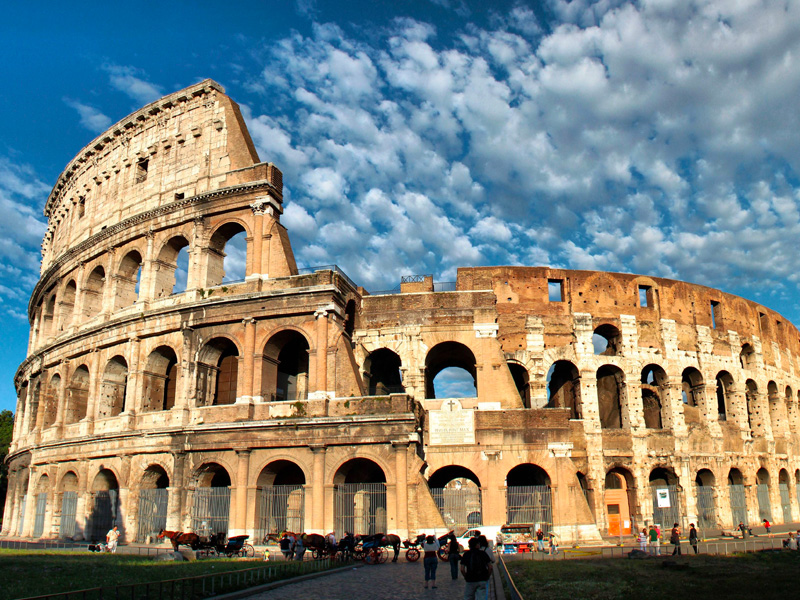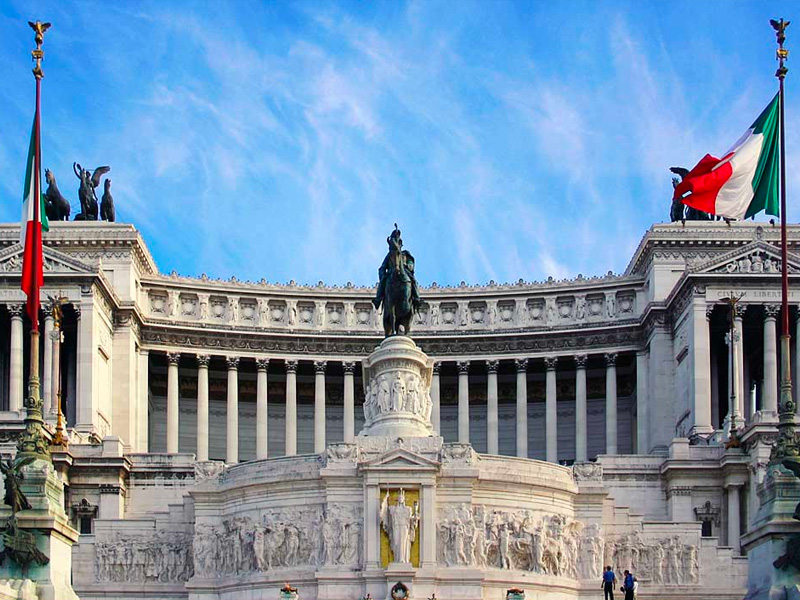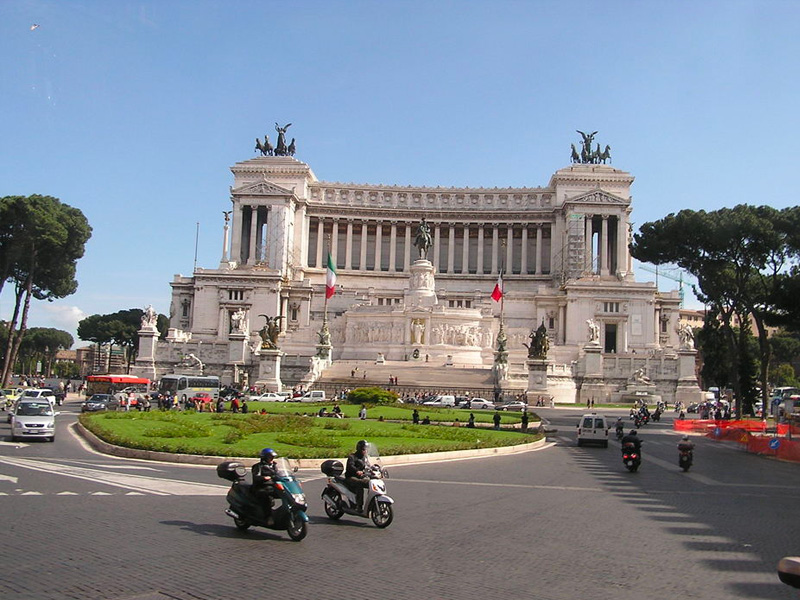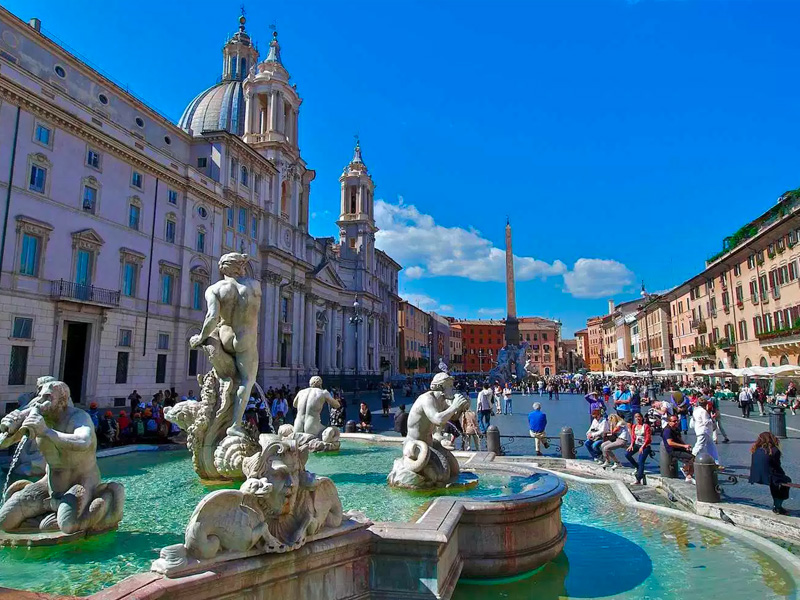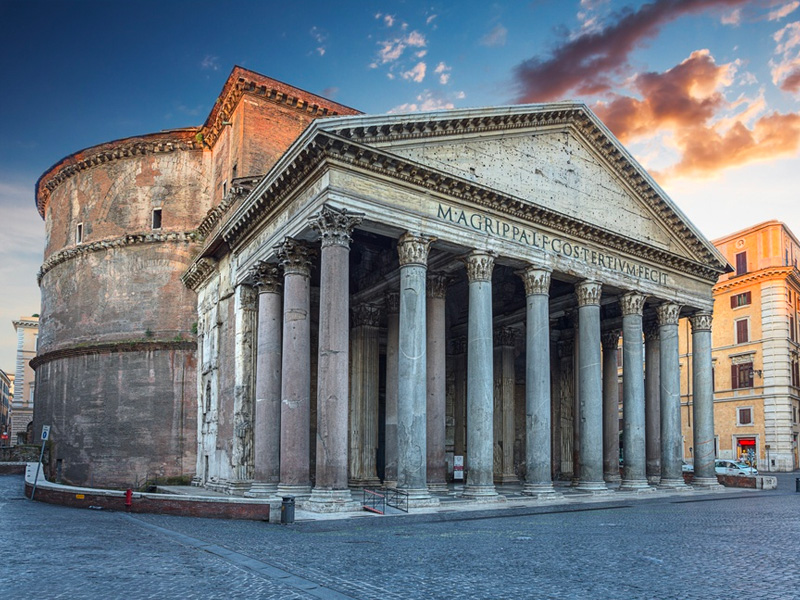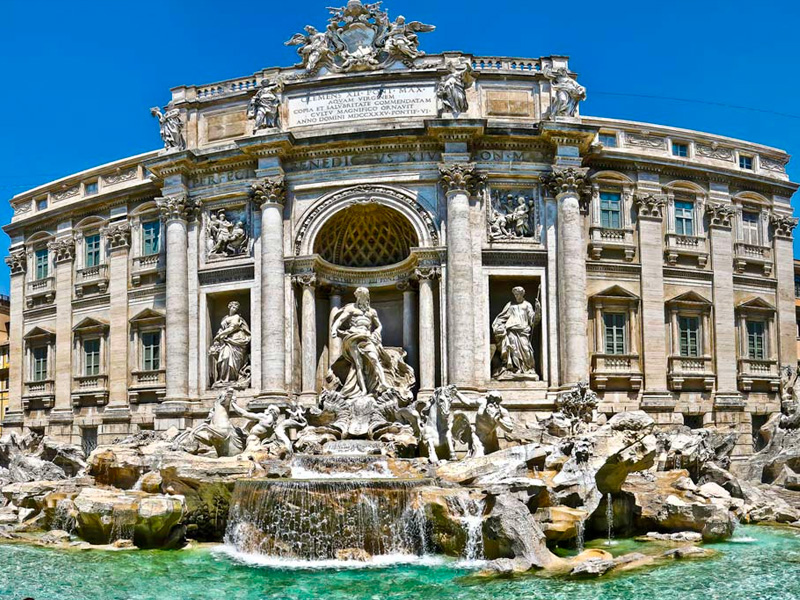WHAT TO VISIT IN ROME
Art, culture and gastronomy
Nearby the famous Basilica of San Giovanni in Laterano, but also the main places of historical, artistic and archaeological interest of Rome, such as the Baths of Caracalla, the Colosseum, the central Fori Imperiali, the Altar of the Fatherland, Piazza Venezia, Piazza Navona, the Pantheon and the Trevi Fountain.
San Giovanni in Laterano
The Basilica of San Giovanni in Laterano, or Cathedral of Rome, is the cathedral of the diocese of Rome, currently ruled by Pope Francis through the cardinal Angelo De Donatis.
Baths of Caracalla
The Baths of Caracalla or Antonine are one of the most magnificent examples of imperials baths in Rome. They are still preserved in almost the enterity of their structure and free from modern buildings. In the summer it becomes one of the largest and most spectacular open-air theaters with over 20,000 seats.
Coliseum
The Coliseum, originally known as Amphitheatrum Flavium or as simple as Amphitheatrum, is the largest amphitheater in the world situated in the city center of Rome.
Altar of the Fatherland
The national monument to Vittorio Emanuele II or Mole del Vittoriano, improperly called the Altar of Fatherland, is an Italian national monumental complex located in Piazza Venezia, on the northern slope of the Campidoglio hill. It was the work of the architects Ettore Ferrari, Pio Piacentini e Giuseppe Sacconi. It was built starting in 1885 and ended in 1935.
Piazza Venezia
Piazza Venezia is a famous square in Rome. It is situated at the foot of the Campidoglio where five of the main roads of the capital meet: Via dei Fori Imperiali, Via del Corso, the axis Via C. Battisti-Via Nazionale, the axis Via del Plebiscito-Corso Vittorio and Via del Teatro Marcello.
Piazza Navona
Piazza Navona is one of the most famous squares of Rome built by the Pamphili family. Its shape is that of an ancient stadium. It was built in monumental style at the behest of Pope Innocent X (Giovanni Battista Pamphili)
Pantheon
The Pantheon (in ancient Greek hieròn, temple of all Gods, in classical Latin Pantheum, is a building of ancient Rome located in the Pigna district in the historic center. It was built as a temple dedicated to all past, present and future deities. It was founded in 27 BC by the arced Marco Vipsanio Agrippa, son in law of Augustus.
The Trevi Fountain
The Trevi Fountain is the largest and one of the most famous fountain of Rome. It is also one of the most popular in the world. The fountain, designed by Nicola Salvi, and laid out on one side of the Palace Poli (more precisely the Palace Counts of Poli), was begun by Salvi. The competition announced by Pope Clemente XII in 1731 was won by the French sculptor Lambert-Sigisbert Adam.

